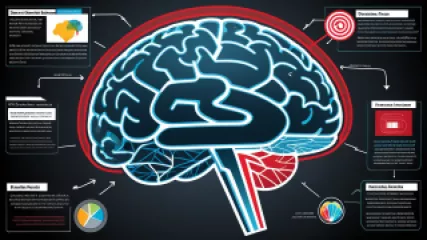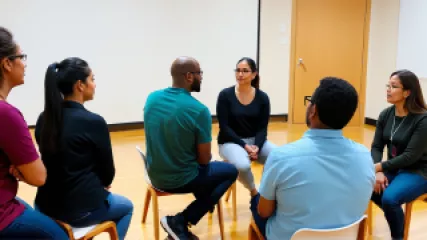Overcoming Environmental Anxiety: A Practical Guide
1 year ago
Reducing Environmental Anxiety
Exploring Self-Esteem Through Fashion in Popular Culture
1 year ago
Psychology of Fashion
Effective Strategies to Manage Academic Stress
1 year ago
Dealing with Academic Pressure
Understanding the Cognitive Impact of Advertising: A Research Summary
1 year ago
Impact of Advertising
How to Find the Best Online Mindfulness Meditation Resources
1 year ago
Mindfulness Meditation
Creating Your Own Earth-Connected Therapy Sessions
1 year ago
Eco Therapy
Top 10 Mindful Communication Workshops to Improve Your Relationships
1 year ago
Mindful Communication
Top 10 Surprising Psychology Behind Giving Gifts
1 year ago
Psychology of Gift Giving
Top Questions About Therapy for Midlife Issues Answered
1 year ago
Navigating Midlife Crisis
Exploring Adoptive Family Dynamics: A Research Summary
1 year ago
Adoptive Family Dynamics
Top 10 Differences Between Self-Help and Professional Help
1 year ago
Self Help vs Professional Help
Mastering Feedback: The Ultimate Guide to Dealing with Negative Criticism
1 year ago
Handling Criticism
How Does Psychology of Space Impact Personal Growth Coaching?
1 year ago
Psychology of Space
Insights from a Peer Pressure Expert: An Interview
1 year ago
Peer Pressure
Insights from a Therapist for Sexual Orientation
1 year ago
Sexual Orientation














